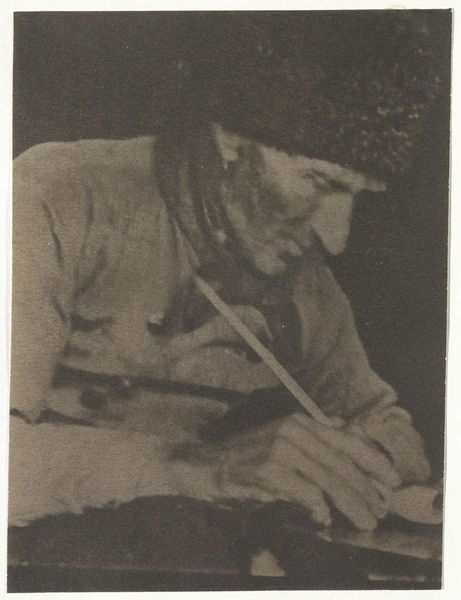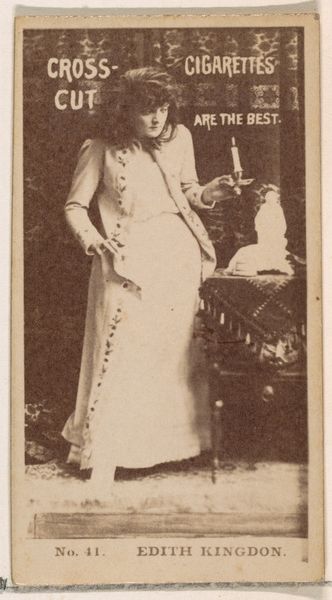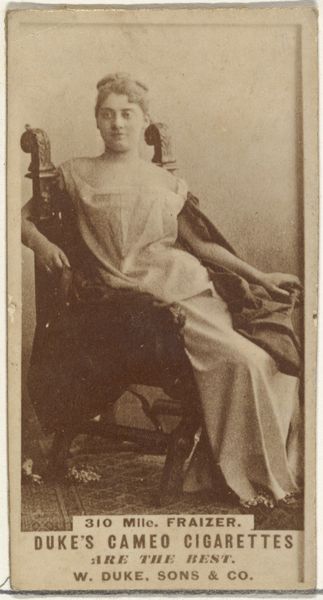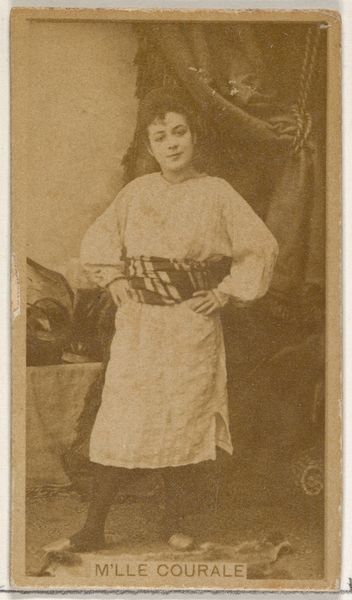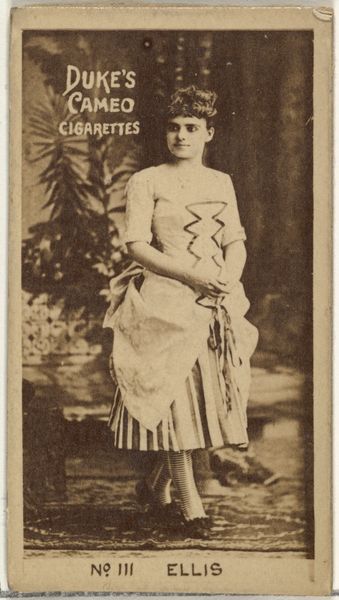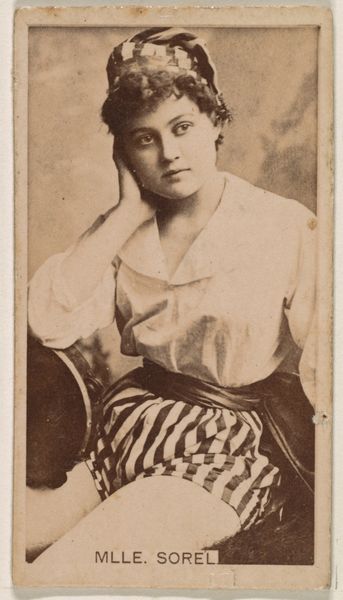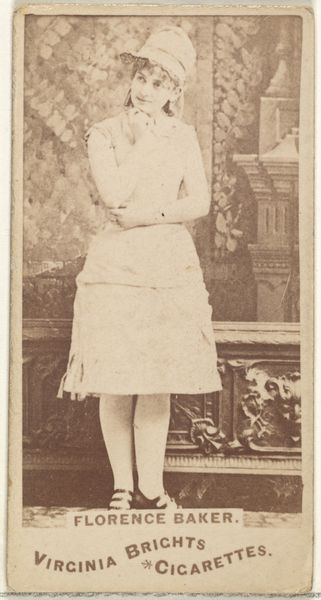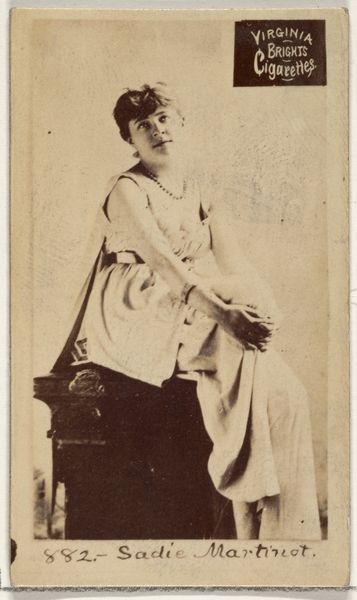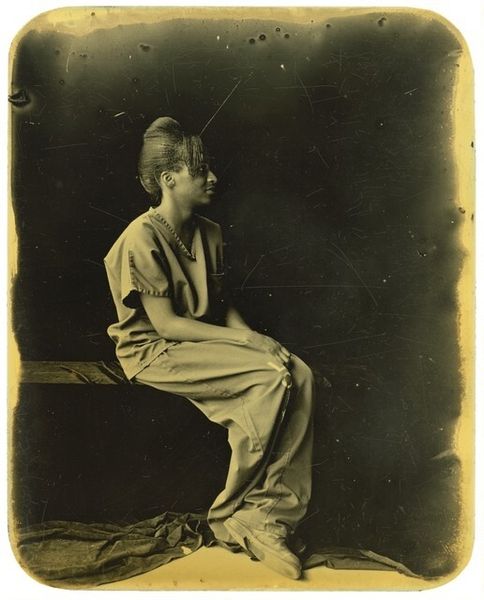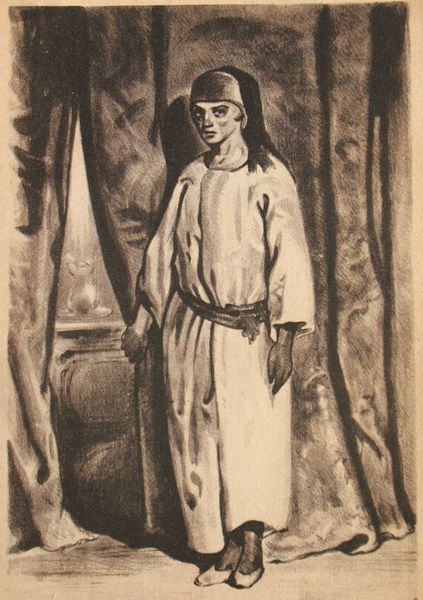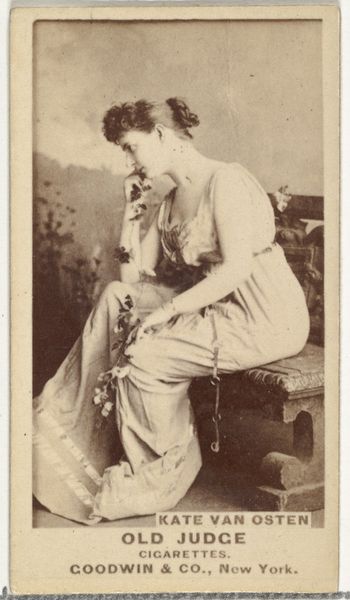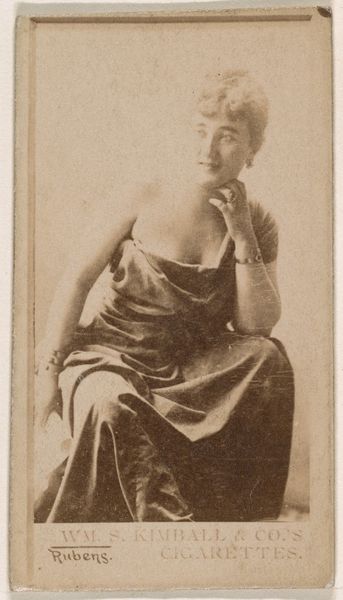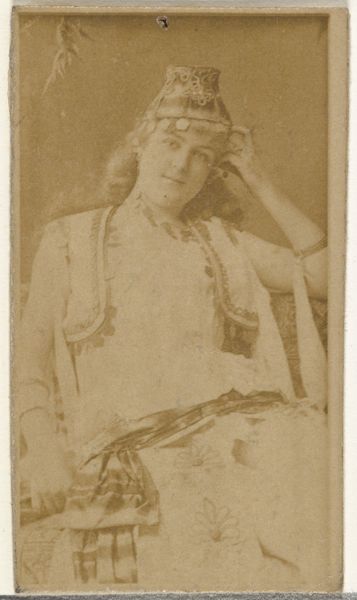
drawing, print, photography, ink
#
portrait
#
drawing
# print
#
charcoal drawing
#
photography
#
ink
#
portrait drawing
#
portrait art
#
realism
Copyright: Public domain
Editor: This is "Runo Singer," a print from 1894 by Albert Edelfelt. The portrait shows a figure playing a zither-like instrument. It has a somewhat melancholic tone, I think. What strikes you when you look at this piece? Curator: I'm drawn to the way Edelfelt represents a specific cultural figure at a pivotal moment. Think about the late 19th century and the rise of national romanticism. How does this image participate in the construction of Finnish identity? Who is seen as embodying that identity? Editor: So, you're suggesting this image is more than just a portrait; it's about Finnish identity? Curator: Precisely. Consider who is represented and who is not. This is an elderly individual, seemingly connected to folk traditions. What does it mean to elevate this particular figure at a time of burgeoning nationalism? It invites us to consider how nationalism intersects with class, age, and cultural authenticity. Who gets to define "Finnishness?" What stories are prioritized, and whose are silenced? Editor: It's interesting how this image can be viewed through that lens. I initially saw it as just a portrait, but now I see the historical and social implications. Curator: Right. It encourages a critical engagement with representation, power dynamics, and the ongoing process of constructing cultural narratives. What do you think this Runo singer represented to Finnish audiences? Editor: Maybe a symbol of tradition in a time of rapid change? I am thinking about who benefits from that kind of idealization and who might be excluded by that definition. Curator: Exactly. The work prompts us to investigate how images reflect and shape national consciousness, even today.
Comments
No comments
Be the first to comment and join the conversation on the ultimate creative platform.
